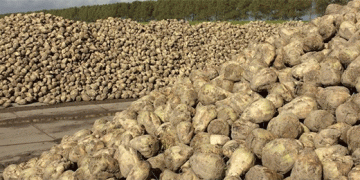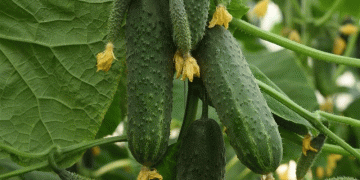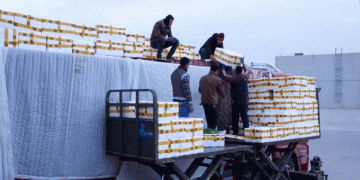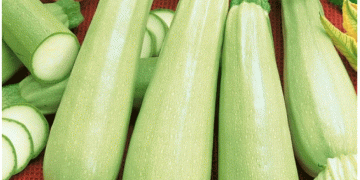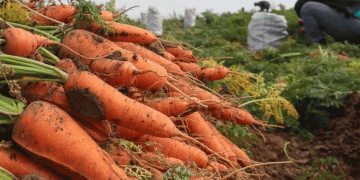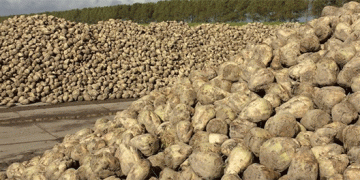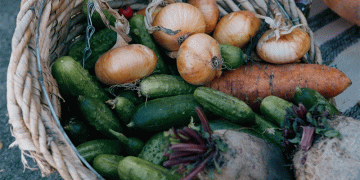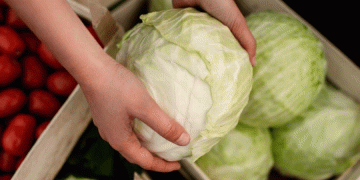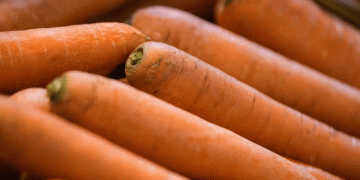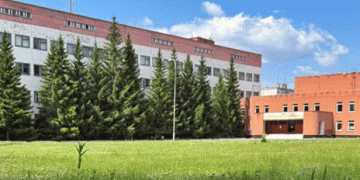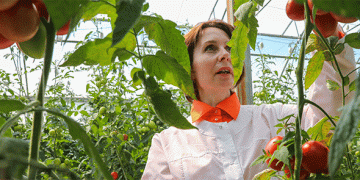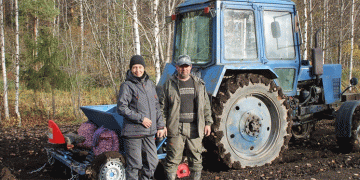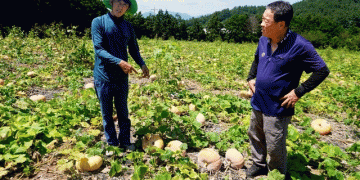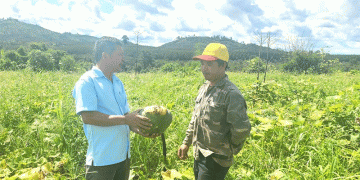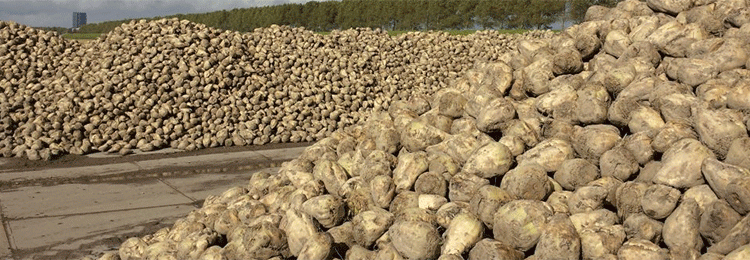As the 2025 harvest season accelerates, Lipetsk Oblast solidifies its status as a cornerstone of the Russian sugar industry. According to the regional Ministry of Agriculture, by September 12th, the area’s six sugar factories had processed nearly 900,000 tons of the new sugar beet crop, yielding an impressive 102,300 tons of sugar already. This early output underscores a campaign defined by high operational tempo and remarkable efficiency.
The region’s processing capability is anchored by its six industrial facilities, which boast a collective daily processing capacity of 45,000 tons of roots. This massive throughput translates to approximately 7,000 tons of sugar produced every 24 hours. On an annualized basis, these plants are capable of producing around 800,000 tons of sugar, a figure that represents a significant portion of Russia’s domestic supply.
This scale of operation positions Lipetsk as a critical processing hub not just for its own harvest but for neighboring regions as well. As noted by Lipetsk’s Minister of Agriculture, Ekaterina Markova, “We process the sweet root crop grown not only in our fields. Beet from adjacent regions is also brought to us for processing.” This model creates a synergistic relationship between Lipetsk’s industrial might and the agricultural output of a wider area, optimizing logistics and capitalizing on economies of scale.
The performance in Lipetsk is a microcosm of a robust national industry. According to recent figures from the Russian Ministry of Agriculture and the Institute for Agricultural Market Studies (IKAR), Russia’s total sugar production for 2025 is forecast to reach between 6.4 and 6.6 million tons. This output is more than sufficient to meet robust domestic consumption, which IKAR estimates at approximately 5.8 million tons per year, ensuring strong exportable surpluses and reinforcing national food security. The early and efficient processing seen in key regions like Lipetsk is fundamental to achieving these national targets and maintaining stable market balances.
Lipetsk Oblast exemplifies the modern, efficient, and strategically vital nature of the Russian sugar sector. Its success is not merely a function of high yields but of immense processing capacity, operational efficiency, and a hub-based model that draws in raw materials from a broad geographic base. The data from the early season campaign confirms that the region is on track to be a primary contributor to another year of strong national sugar production, which continues to exceed domestic demand and solidify Russia’s position as a key global player. For farmers and industry stakeholders, understanding the integrated and scaled efficiency of regions like Lipetsk is crucial for navigating the market and planning future production strategies.
